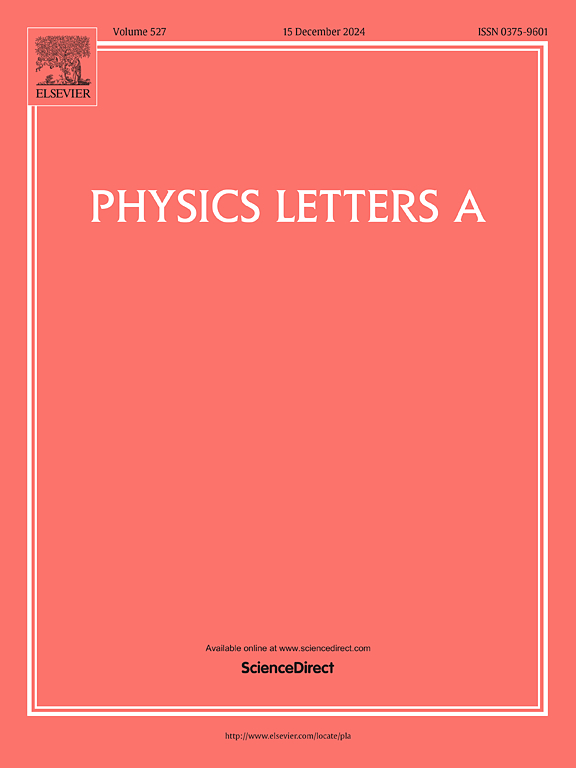High thermal properties of cubic MgO: DFT study of stability, electronic, phononic, and optical properties using hybrid exchange correlation functional
IF 2.3
3区 物理与天体物理
Q2 PHYSICS, MULTIDISCIPLINARY
引用次数: 0
Abstract
The current study focuses on examining the electronic, vibrational, thermal, and optical properties of the cubic MgO crystal structure in two different space groups: Fmm and Pmn identified as MgO-1 and MgO-2, respectively. MgO-1 has high symmetry leading to rather isotropic electronic properties, while MgO-2 is comparably less symmetric causing it to have more directional properties compared to MgO-1. However, MgO-1 demonstrates a wider band gap of 4.47(6.12) eV found by using GGA(HSE06) compared to the band gap of MgO-2's set at 2.89(4.68) eV using GGA(HSE06). This difference in band gaps can be attributed to the electrostatic environment surrounding the atoms in MgO-1 being more uniform. The high symmetry leads to degenerate energy levels contributing to a wider band gap of MgO-1. Through negative formation energy, phonon band structure calculations, and molecular dynamics simulations, we confirm that both phases of cubic MgO are energetically, dynamically and thermally stable. The MgO-2 has a higher phonon density of states and thus heat capacity compared to MgO-1. MgO-1 exhibits higher absorption and a higher maximum refractive index compared to MgO-2, suggesting its suitability for applications requiring strong light interaction. These findings suggest that MgO-1 and MgO-2 could be promising materials for applications requiring specific optical properties, such as optical filters, wave-guides, or nonlinear optical devices.
求助全文
约1分钟内获得全文
求助全文
来源期刊

Physics Letters A
物理-物理:综合
CiteScore
5.10
自引率
3.80%
发文量
493
审稿时长
30 days
期刊介绍:
Physics Letters A offers an exciting publication outlet for novel and frontier physics. It encourages the submission of new research on: condensed matter physics, theoretical physics, nonlinear science, statistical physics, mathematical and computational physics, general and cross-disciplinary physics (including foundations), atomic, molecular and cluster physics, plasma and fluid physics, optical physics, biological physics and nanoscience. No articles on High Energy and Nuclear Physics are published in Physics Letters A. The journal''s high standard and wide dissemination ensures a broad readership amongst the physics community. Rapid publication times and flexible length restrictions give Physics Letters A the edge over other journals in the field.
 求助内容:
求助内容: 应助结果提醒方式:
应助结果提醒方式:


